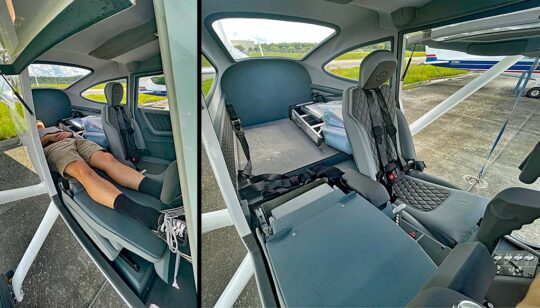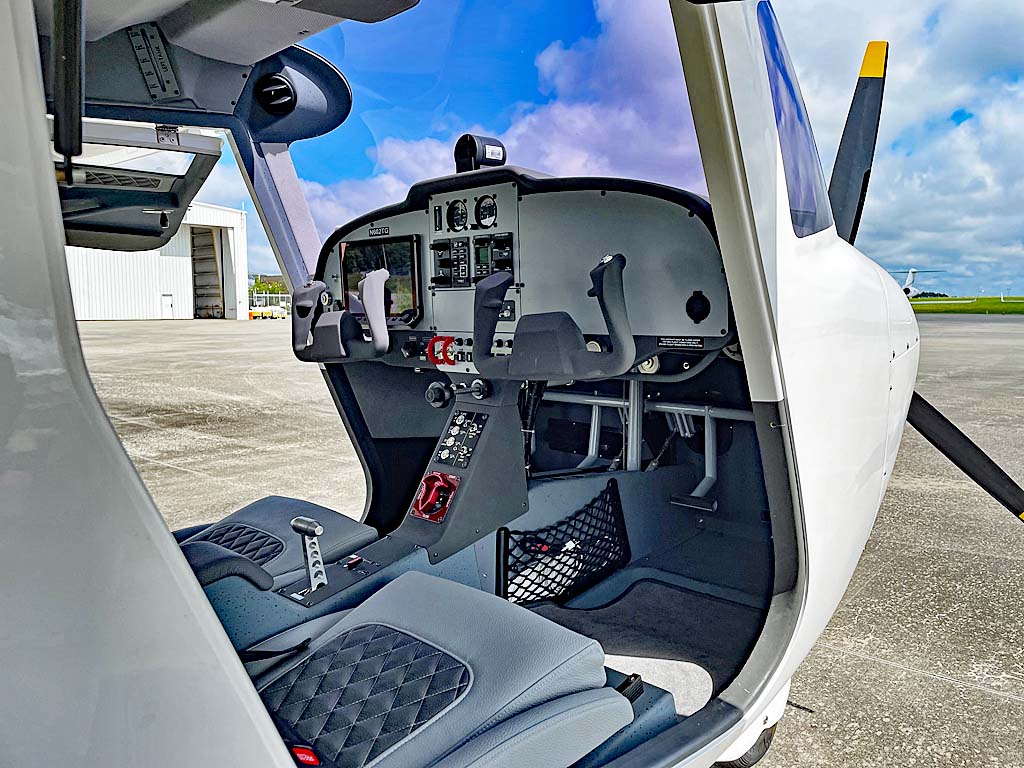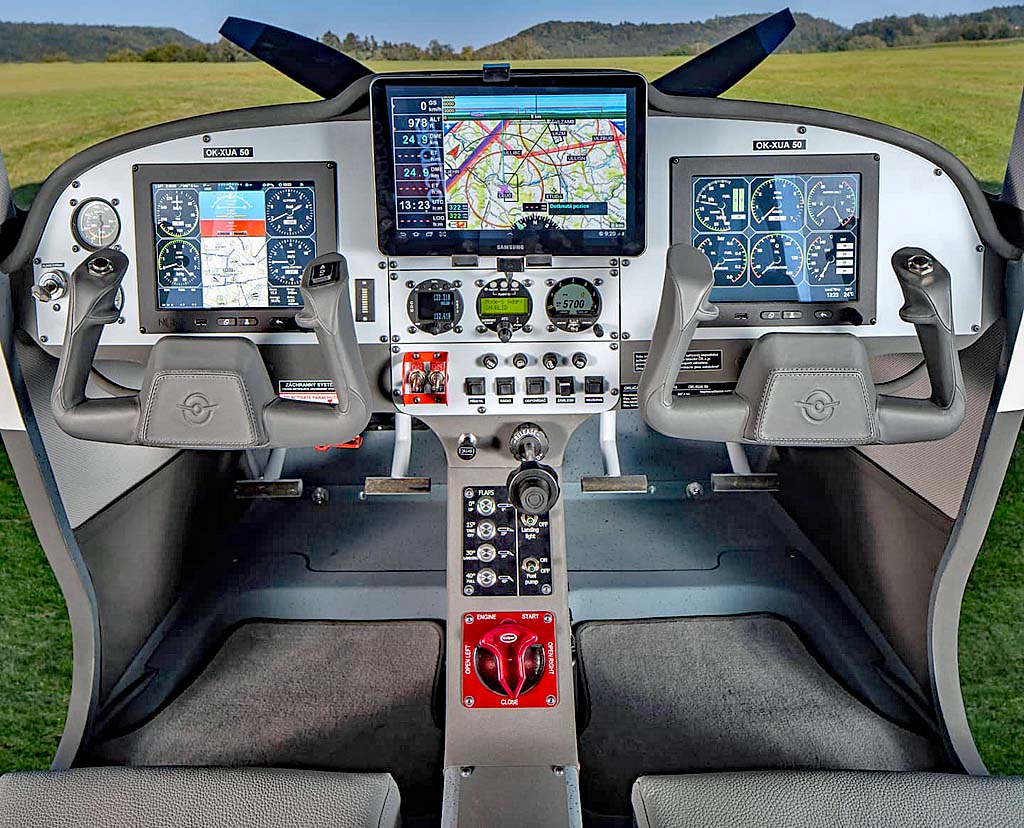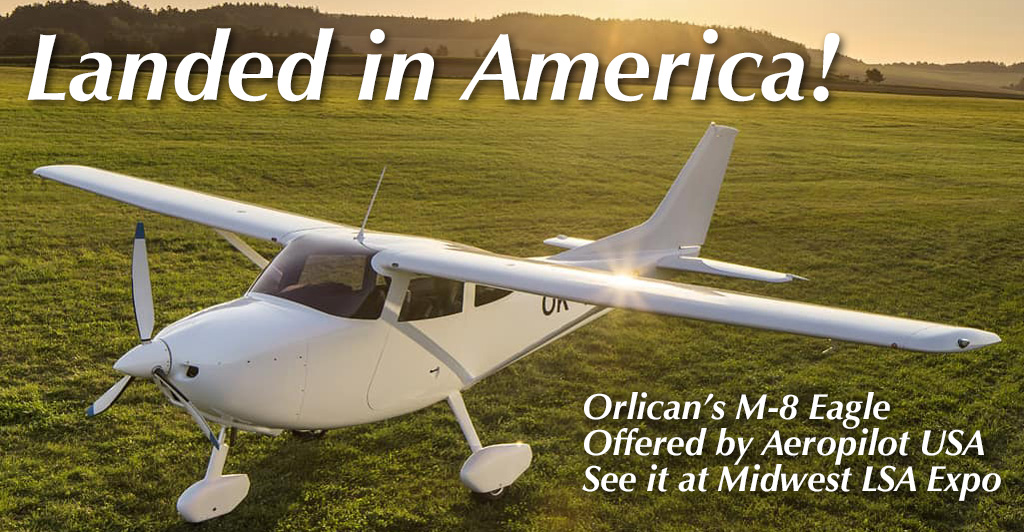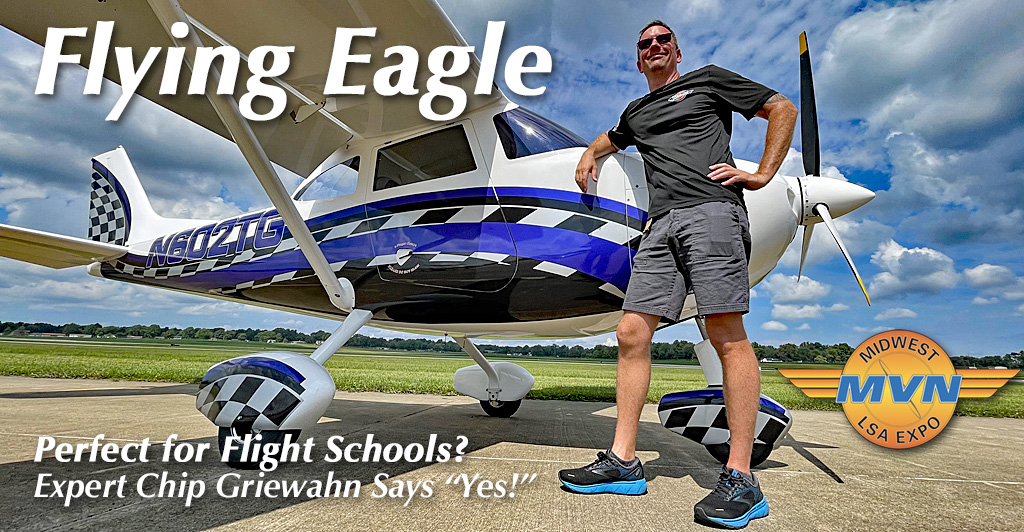
Problem: The fleet of aircraft trainers in the USA is getting old. The familiar, reliable standard is the Cessna 172. While these are being made brand new, their base cost has risen to half a million dollars. Meanwhile, much more affordable vintage 172s normally have dated instrument panels and the airframe often looks well-worn. Built in the last decade or so, nearly all LSA have fully digital cockpits among other modern features. [Update 9/15/22 — see new info regarding trim. —DJ] With their goal of getting a good pilot job, flight students that visit schools today want to pursue their training in something more contemporary. They definitely need experience with digital avionics as that’s what they’ll encounter in a professional cockpit. “LSA are the future of flight instruction [airplanes],” stated Chip Griewahn. Before he sold the business, he operated a very successful flight school in the Savannah, Georgia area called Fly Corps Aviation.


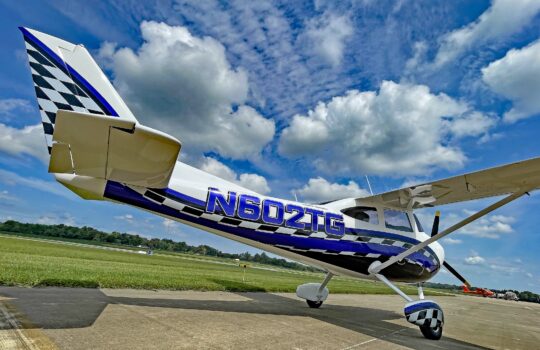 With their goal of getting a good pilot job, flight students that visit schools today want to pursue their training in something more contemporary. They definitely need experience with digital avionics as that's what they'll encounter in a professional cockpit.
With their goal of getting a good pilot job, flight students that visit schools today want to pursue their training in something more contemporary. They definitely need experience with digital avionics as that's what they'll encounter in a professional cockpit.
 "LSA are the future of flight instruction [airplanes]," stated Chip Griewahn. Before he sold the business, he operated a very successful flight school in the Savannah, Georgia area called
"LSA are the future of flight instruction [airplanes]," stated Chip Griewahn. Before he sold the business, he operated a very successful flight school in the Savannah, Georgia area called 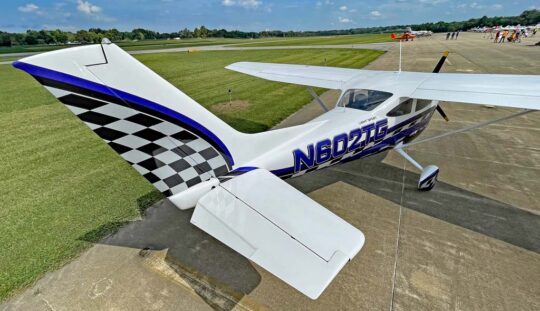 M-8 Eagle is actually a second-generation aircraft. Engineering talent left
M-8 Eagle is actually a second-generation aircraft. Engineering talent left 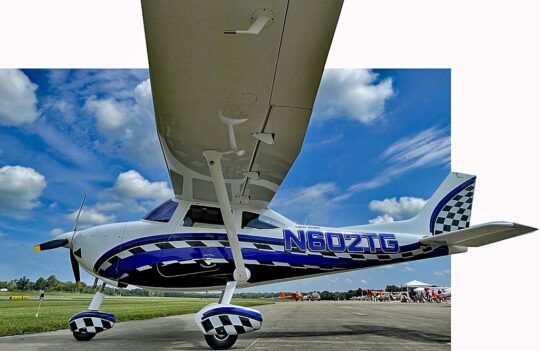 First,
First, 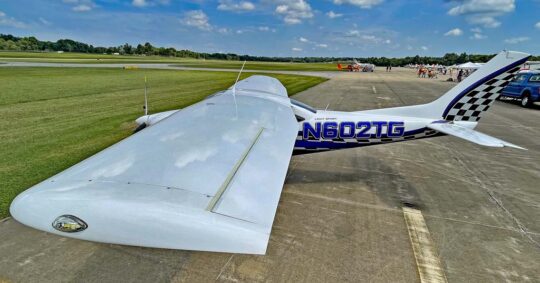 Yet M-8 Eagle's interior may be even higher quality and it's definitely more spacious; Eagle's cockpit is almost four inches wider than 182 although a Skylane boasts two aft seats that Eagle lacks (at least under present LSA regulations).
Yet M-8 Eagle's interior may be even higher quality and it's definitely more spacious; Eagle's cockpit is almost four inches wider than 182 although a Skylane boasts two aft seats that Eagle lacks (at least under present LSA regulations).
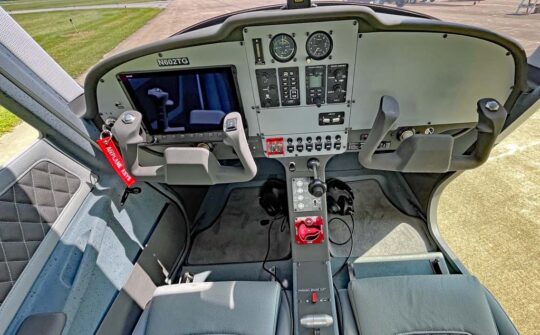 Flight Controls
Flight Controls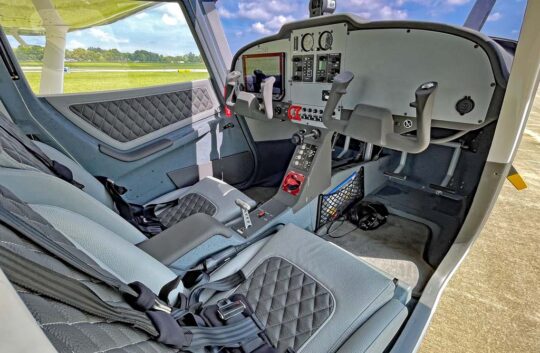 Trim
Trim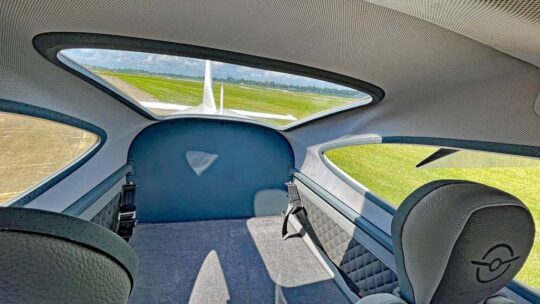 Interior
Interior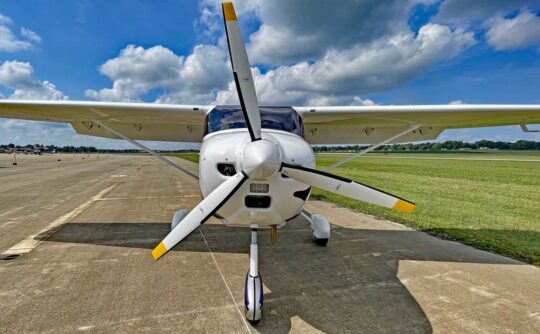 Exterior
Exterior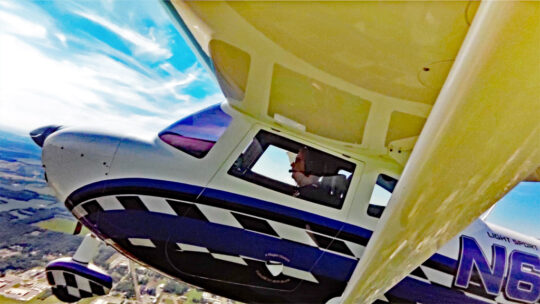 Performance
Performance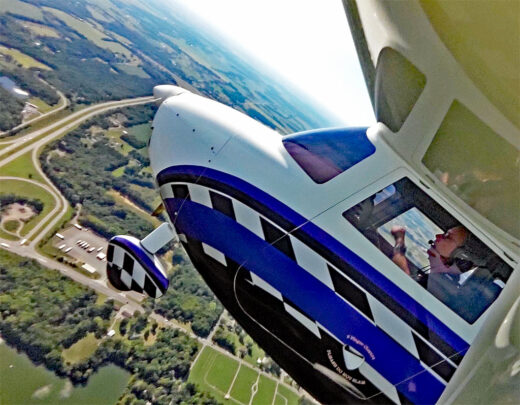 Stability and Safety
Stability and Safety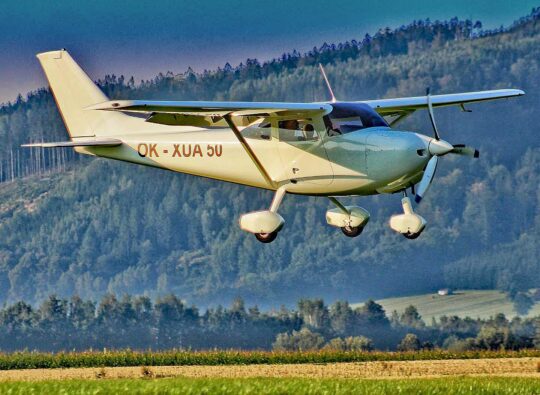 Orlican can't claim such high ground but through two years of Covid dislocations, the Czech Republic developer finished their second-generation LSA and the first one in the U.S. was delivered to its first customer, a flight school.
Longtime LSA importer and reseller,
Orlican can't claim such high ground but through two years of Covid dislocations, the Czech Republic developer finished their second-generation LSA and the first one in the U.S. was delivered to its first customer, a flight school.
Longtime LSA importer and reseller, 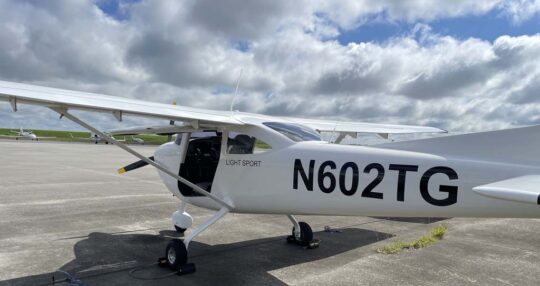 Look at the design. What popular model of aircraft does it resemble? If you guessed Cessna 182 Skylane, you are remarkably observant. Indeed, this model was created as an 80% scale imitation of Cessna's popular four seater, just with two seats and built of composite rather than metal.
Since I have flown both the Cessna 182 and the L600, I’ll say it simply. Skylane 182 carries a lot more weight and it flies like it. Cruising is smooth but in maneuvers or during takeoff and landings, a C-182 feels like driving an oversized pickup truck. It has power but the handling is heavy, not agile.
L600 was completely different. Here's
Look at the design. What popular model of aircraft does it resemble? If you guessed Cessna 182 Skylane, you are remarkably observant. Indeed, this model was created as an 80% scale imitation of Cessna's popular four seater, just with two seats and built of composite rather than metal.
Since I have flown both the Cessna 182 and the L600, I’ll say it simply. Skylane 182 carries a lot more weight and it flies like it. Cruising is smooth but in maneuvers or during takeoff and landings, a C-182 feels like driving an oversized pickup truck. It has power but the handling is heavy, not agile.
L600 was completely different. Here's 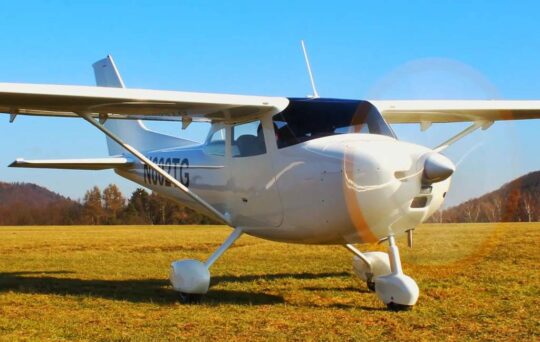 Then, pricing… A new Cessna 182 is base priced beyond $500,000. Deon will sell his L600 Eagle for $150,000
Then, pricing… A new Cessna 182 is base priced beyond $500,000. Deon will sell his L600 Eagle for $150,000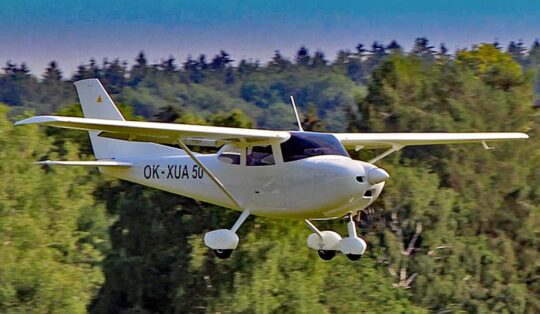 Nearly 100 years ago, the original Orlican company was founded by engineers Beneš and Mráz in 1935. The factory was later nationalized by the government but in the 1990s, a new company — Schempp-Hirth Ltd., a brand well-known and widely respected in Europe for its sleek sailplane gliders — took over the air division of Orlican. Manufacturing of composite Scheme-Hirth gliders is current today.
The Orlican brand was reestablished in the autumn of 2014, with the support of employees and customers of the original company. "It is still in our DNA to carry on this longstanding tradition, to continue what was established many years ago," said Orlican CEO Vaclav Bervid. The new boss expressed reverence for the original Mr. Mráz, who believed, "I searched for my own path that nobody ever walked upon…“ The renewed Orlican company hopes to continue that philosophy.
L600 Eagle is Orlican's entry product into Light-Sport Aircraft. They benefitted when a key engineer departed to bring a similar design to Orlican. How is it different? Let's check the one presently in the USA.
Nearly 100 years ago, the original Orlican company was founded by engineers Beneš and Mráz in 1935. The factory was later nationalized by the government but in the 1990s, a new company — Schempp-Hirth Ltd., a brand well-known and widely respected in Europe for its sleek sailplane gliders — took over the air division of Orlican. Manufacturing of composite Scheme-Hirth gliders is current today.
The Orlican brand was reestablished in the autumn of 2014, with the support of employees and customers of the original company. "It is still in our DNA to carry on this longstanding tradition, to continue what was established many years ago," said Orlican CEO Vaclav Bervid. The new boss expressed reverence for the original Mr. Mráz, who believed, "I searched for my own path that nobody ever walked upon…“ The renewed Orlican company hopes to continue that philosophy.
L600 Eagle is Orlican's entry product into Light-Sport Aircraft. They benefitted when a key engineer departed to bring a similar design to Orlican. How is it different? Let's check the one presently in the USA.
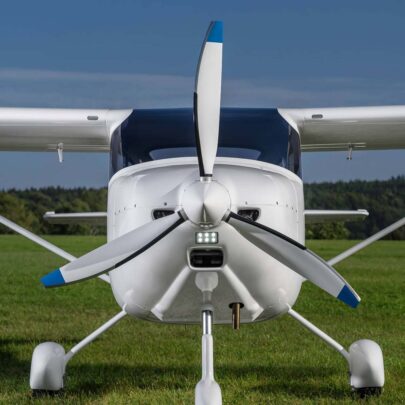 The first Orlican in America (seen in nearby photos with N-numbers) is already in use at
The first Orlican in America (seen in nearby photos with N-numbers) is already in use at 